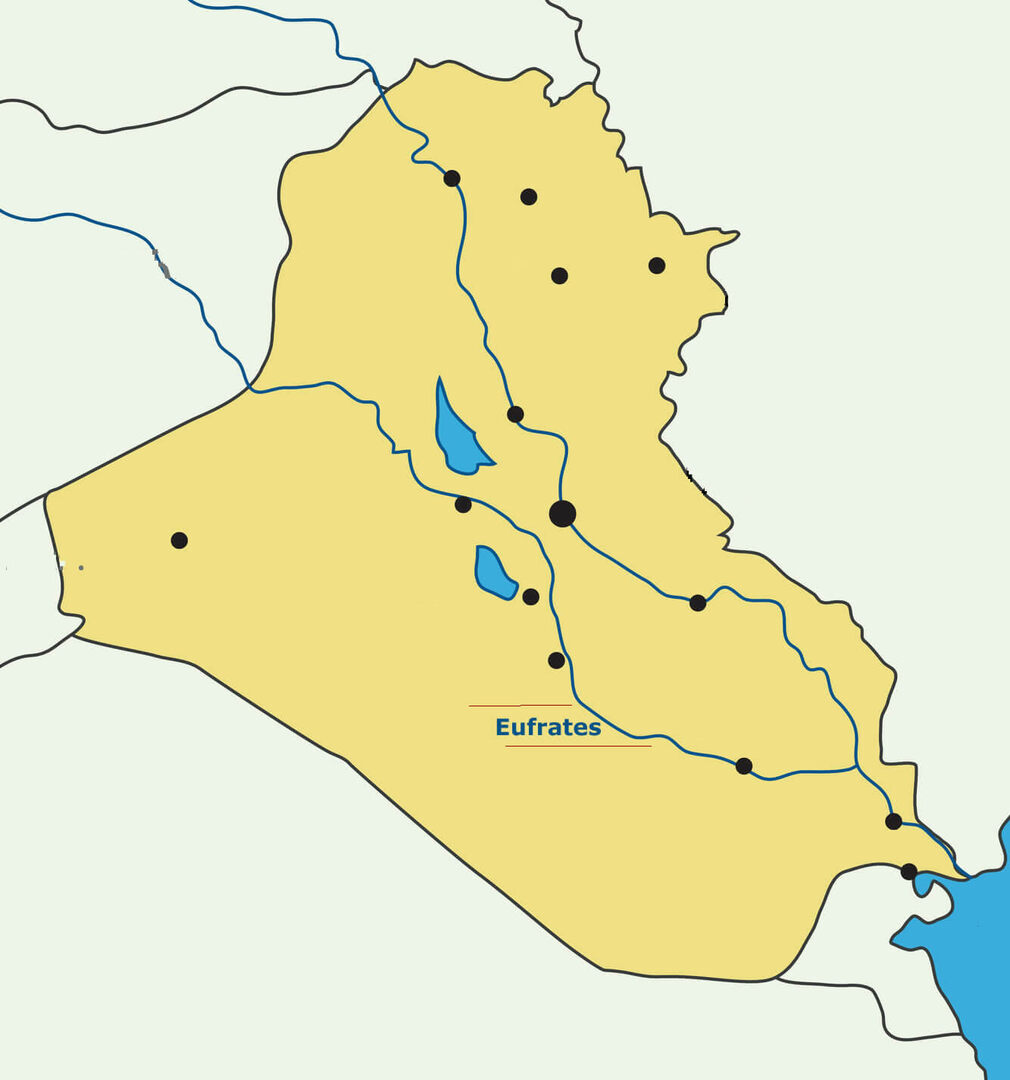Definition of Non-Euclidean Geometry
Miscellanea / / March 08, 2022
concept definition
By non-Euclidean geometry is meant, in a broad sense, any geometry that proves at least one theorem incompatible with some Euclid's theorem; and, strictly speaking, it is the geometry that results from maintaining Euclid's first four postulates, but replacing the fifth with its negation or another incompatible postulate.

Professor in Philosophy
Basically, non-Euclidean geometries are those that arise from the questioning of the so-called Euclid's 5th Postulate, therefore a general characterization of the work of Euclid is essential, who was a Greek mathematician and geometer, whose work is paradigmatic for the Geometry, to be considered one of the founders of it. It is known with certain security that he lived in the city of Alexandria, a cultural center of antiquity, around the year 300 BC. c.
His work Elements it begins with a series of “principles”, made up of a list of 23 definitions; followed by 5 postulates, referring to figures specifically geometric; and 5 general axioms, common to other mathematical disciplines. Next, after the principles, Euclid introduces the "propositions", of two types: problems, referred to the
building of figures with rule and compass; and theorems, referring to the demonstration of the properties that some geometric figures.Euclid's fifth postulate
He states that “If a straight line that falls on two other straight lines makes the interior angles of the same side smaller than two straight lines, then, if the two lines are prolonged indefinitely, they meet on the side on which the angles are less than two straight”. If the angles were right, then such lines, according to definition no. 23, would be parallel ("Parallel lines are lines that, if they are in the same plane and are prolonged indefinitely, do not meet in any direction.”).
This postulate, more complex than the previous ones, was not in itself indubitable: it was not evident that, prolonging lines indefinitely, they would intersect on the side where the angles were less than two right angles, since it would not be possible to prove it by building. Then, the possibility that the lines approached each other indefinitely without ever intersecting was left open.
Attempts to prove the fifth postulate
It is for this reason that, from Antiquity until the middle of the 19th century, there was a string of failed attempts to prove the fifth postulate: a proof was always achieved; but introducing some other additional postulate (logically equivalent to the fifth), different from those of Euclid. That is, the fifth postulate could not be proved, but was replaced by an equivalent one.
An example of this is the postulate of John Playfair (s. XVIII): “A single point parallel to that line passes through a point outside a line that is in the same plane.” (known as “parallel postulate”). Non-Euclidean geometries arise precisely from the failed attempts to prove the fifth postulate of the Euclidean system.
Saccheri's absurdity test
In 1733, the Italian mathematician Girolamo Saccheri attempted to prove the absurdity of Euclid's fifth postulate. To do this, he built a quadrilateral (known as "Saccheri's quadrilateral”, in which a pair of angles are right) and he stated that the fifth postulate is equivalent to the proposition that the characteristic angles (those opposite the pair of right angles) of that quadrilateral are also right angles. then there are three hypothesis possible, mutually exclusive: that the two characteristic angles are right, acute or obtuse. To prove the fifth postulate by the absurd, it was necessary to prove (without resorting to the fifth postulated) that the hypotheses of the obtuse and acute angle implied contradiction and, therefore, were false.
Saccheri managed to prove that the obtuse angle hypothesis is contradictory, but he did not succeed in the case of the acute angle. On the contrary, he deduced a series of theorems consistent with and incompatible with Euclidean geometry. Finally, he concluded that, given the strangeness of these theorems, the hypothesis must be false. Consequently, he believed that he had proved the fifth postulate absurd; however, what he did was inadvertently prove an important set of theorems of non-Euclidean geometry.
The “simultaneous” discovery of non-Euclidean geometries
Carl F. Gauss, in the nineteenth century, was the first to suspect that the fifth postulate could not be proved from the other four (that is, that it was independently) and in conceiving the possibility of a non-Euclidean geometry that was based on the four Euclidean postulates and on the negation of the fifth. He never published his discovery: this is considered a case of simultaneous discovery, because he had three independent referents (Gauss himself, János Bolyai and Nikolai Lobachevsky).
The denial to fifth law of Euclidean implies two possibilities (taking up the equivalent formulation of Playfair): through a point outside a straight line, either no parallel passes, or more than one parallel passes. Among the non-Euclidean geometries we find, for example, the geometry "imaginary” by Lobachevsky, —later known as “hyperbolic"- according to, "Given an exterior point to a line, infinite intersecting lines, infinite non-intersecting lines and only two parallel lines pass through that point.”, unlike the unique Euclidean parallel; or Bernhard Riemann's elliptic geometry, which states that "Through a point outside a line, no parallel to that line passes.”.
Applications and implications of the discovery
Currently, it is known that, in local space, both geometries give approximate results. The differences appear when the physical space is described by one geometry or another, considering large distances. Although we continue to use Euclidean geometry, since it is the one that most simply describes our space on a local scale, the discovery of non-Euclidean geometries was decisive insofar as it meant a radical transformation of the understanding of truths scientific.
Until then, Euclidean geometry was thought to truly describe space. When proving the possibility of describing it through another geometry, with other postulates, it was necessary to rethink the criteria by which it was possible to assume one explanation or another such as "true”.
Bibliography
MARTINEZ LORCA, A. (1980) “The ethics of Socrates and his influence on the thought Occidental”, in Revista Baética: Estudios de Arte, Geography and History, 3, 317-334. Malaga University.
Topics in Non-Euclidean Geometry


